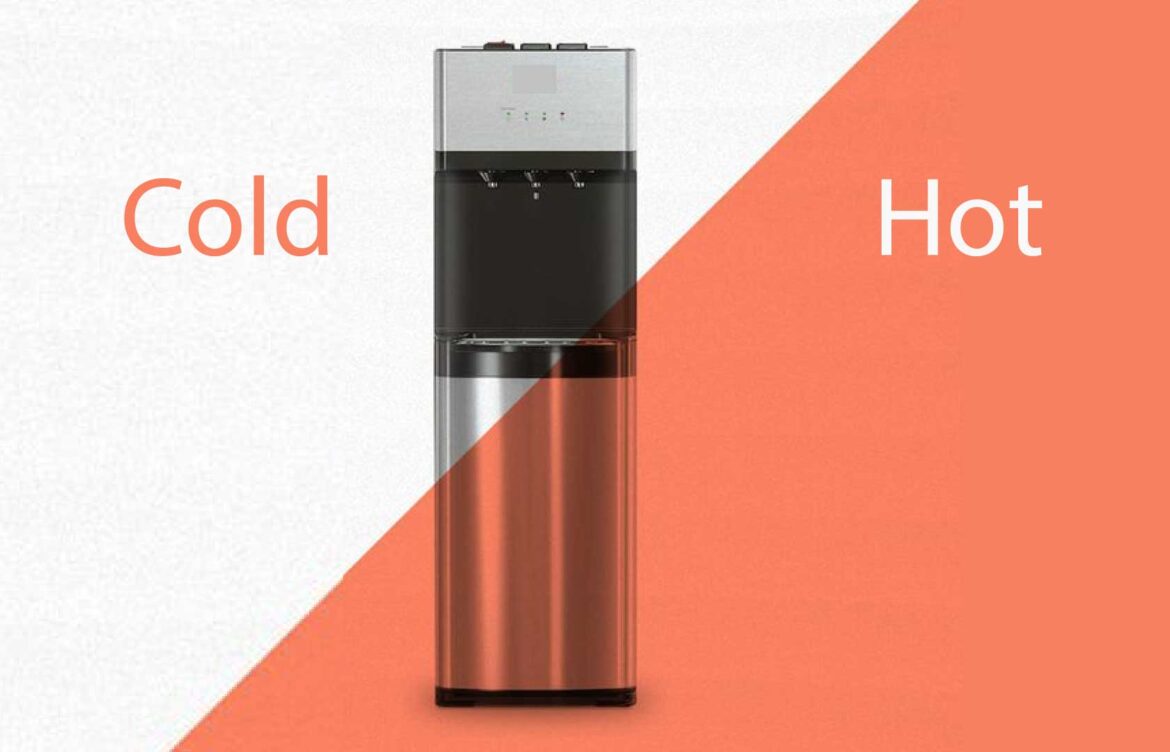
The Science Behind Water Cooler Temperature: Cold vs. Room Temperature Water
Understanding the effects of water temperature on the human body is crucial when it comes to hydration, performance, and overall health. Water coolers typically offer both cold and room temperature water options, influencing our drinking habits at work and in public spaces. But what exactly is the science behind these temperature choices, and how do they affect us?
Cold Water: Perceived Refreshment vs. Physiological Response
Cold water, typically provided at temperatures around 13°C (55°F), is often preferred for its refreshing quality, especially after physical activities or in hot climates. The perceived cooling effect is genuine; consuming cold water can help to lower our core body temperature, making it an initial go-to for efficient cooling. This is particularly useful during exercise or heat exposure when the body tends to overheat.
Nevertheless, the human digestive system operates optimally at body temperature, which is approximately 37°C (98.6°F). Drinking cold water requires the body to expend additional energy to warm it up to this level, potentially delaying hydration and introducing a minor, albeit negligible, metabolic load.
Effect on Circulation
When cold water enters the stomach, blood vessels can constrict, potentially slowing down the absorption process. This constriction could also momentarily reduce blood flow and impact heart rate, although this is more of an acute physiological response than a lasting health concern.
Cold Water and Exercise
There is evidence suggesting that cold water can improve performance during endurance activities by keeping core temperature down, thus possibly extending time to exhaustion. However, it may not always be ideal for immediate post-workout rehydration due to the constriction of vessels affecting the absorption rates.
Water at Room Temperature: The Digestive Harmony
In contrast, room temperature water, which is around 20°C to 22°C (68°F to 72°F), may be more in sync with the body’s natural state. It’s believed that water at this temperature adheres more closely to the normal operating conditions of the human digestive system. Without the need for temperature regulation, the water can move through the gastrointestinal tract more swiftly and get absorbed into the body more quickly.